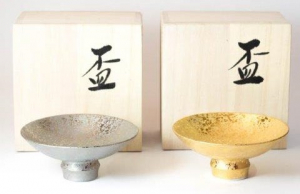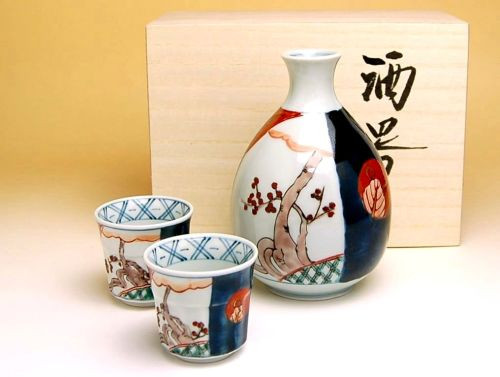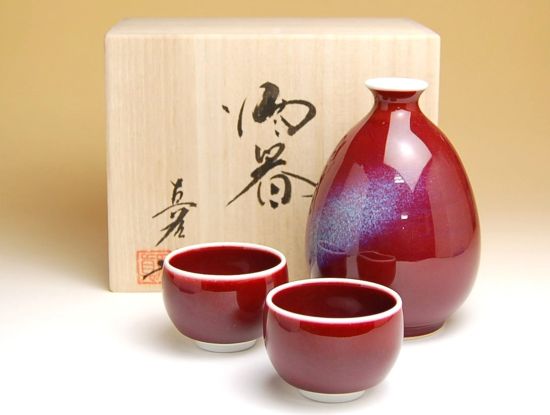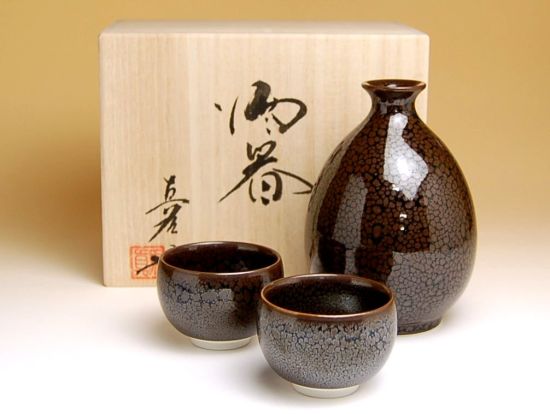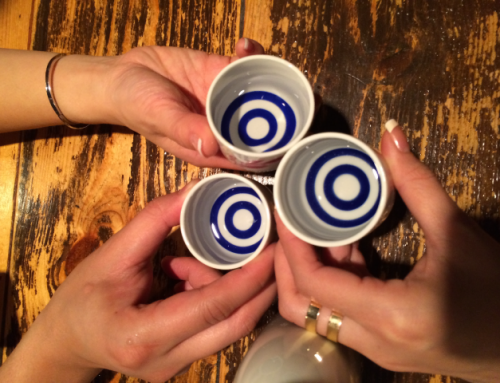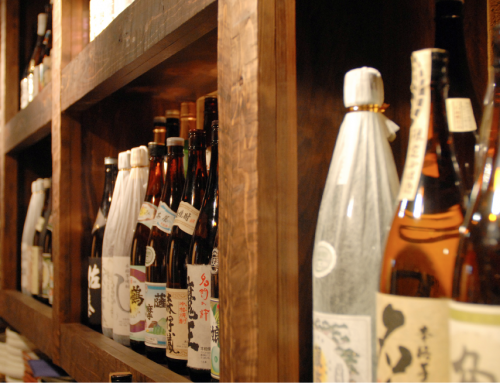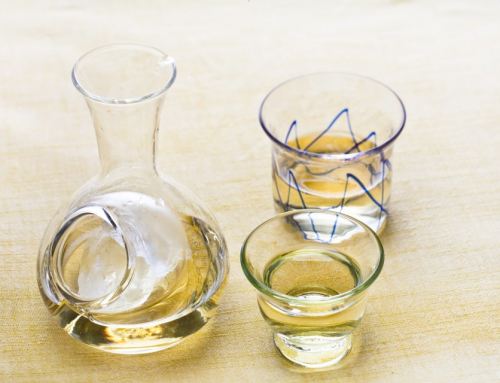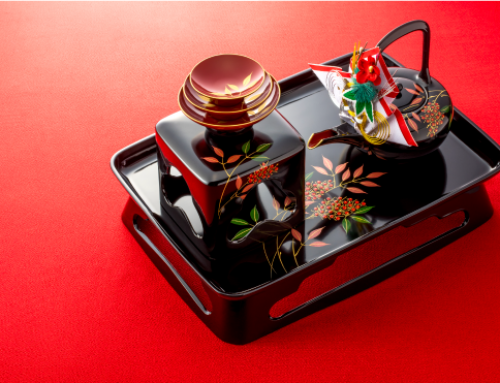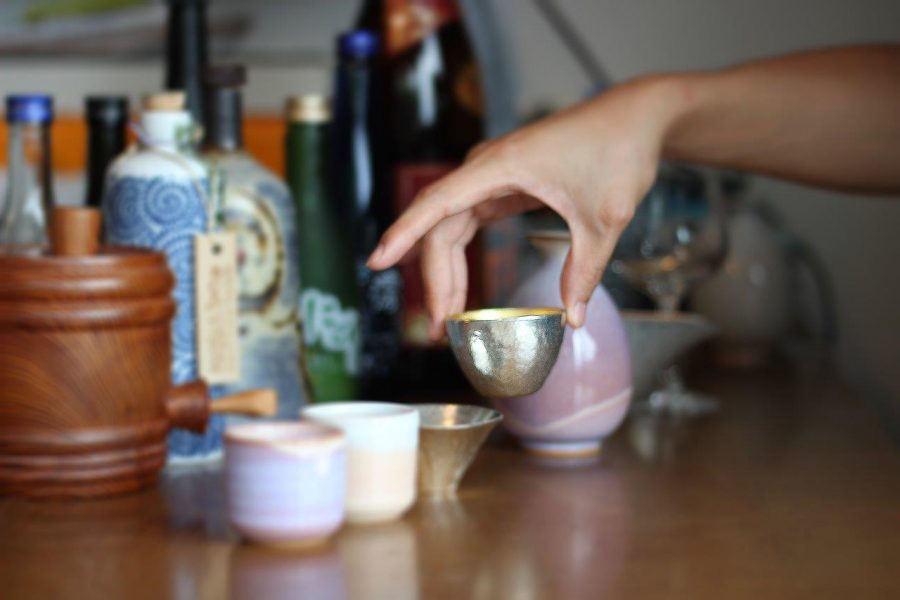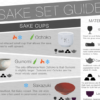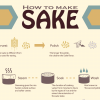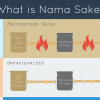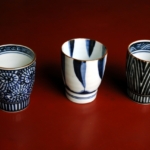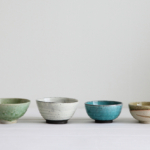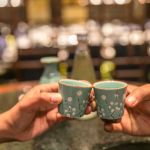Contents
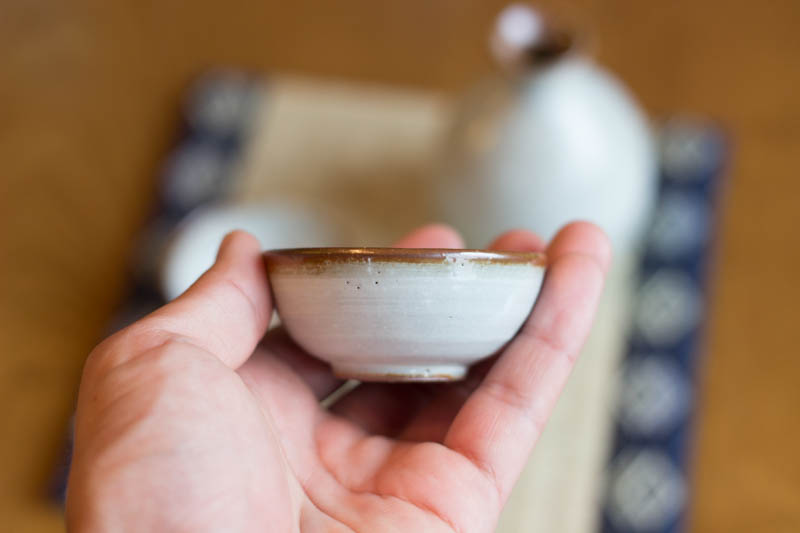
Imari Ware is…
Created approximately 400 years ago, it is Japan’s first porcelain.
At that time, craftsmen from the Korean Peninsula settled in the Arita passed on the techniques of ceramics. Proceeding in Kakiemon adding unique colors to successfully create the enameled wares, as they were known.
Hard and difficult to break, yet thin and light, Imari Ware has been a priceless treasure of Japan’s feudal lords from the olden days.
Difference between Arita Ware
Is there a difference between the famous Japanese Arita Ware and Imari Ware?
Arita Ware is the general name of the porcelain made in the Arita area.
Arita Ware was sold via the port in Imari, so it was referred to as Imari Ware.
Therefore, originally, they were the same.
Imari Ware’s Specialty
Among the types of pottery, there are earthenware, ceramics, stoneware, and porcelain. Imari Ware is a type of porcelain.
Porcelain is a harder type of pottery compared to ceramics.
Light with a thin finish, it has a delicate impression. However, being baked at a high temperature of 1300 degrees for over 17 hours, in reality, it is hard and durable.
The metallic sound that is made by tapping the pieces with your fingers, as well as the smooth touch, is also distinctive traits of Imari Ware.
Also, Imari Ware does not need other clay to be combined and is made by its own individual ceramic.
The natural ceramic’s specialty is its transparent white feature. It has been praised by European aristocrats as “white gold.”
The beauty of the artwork on the highly befitting porcelain background of the white Arita Ware has received high marks as well.
Imari Ware’s influence overseas
In the second half of the 17th Century, the high artistic value was praised, and the Dutch East India Company began purchasing Imari Ware. From there, Imari Ware began spreading around the world.
It is said the famous German kiln, Meissen, began due to the King of Poland’s command to “create something rivaling the beautiful seasons of the Orient.”

